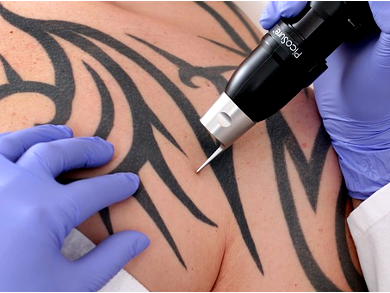The popularity of tattoos is growing, but the EU lacks a harmonized control on tattoo and permanent make-up inks. On behalf of the European Comission, ECHA together with Denmark, Italy, and Norway has made a proposal for a restriction. The aim is not to ban tattoo inks or tattooing, but to regulate specific hazardous substances present in tattoo inks so that they will significantly reduce the potential health risks for people getting new tattoos, such as allergic reactions to tattoo inks and possible long-term effects from exposure to hazardous substances injected under the skin.
The proposal suggests restricting the intentional use or concentration limit of approximately 4,000 substances when contained in tattoo inks. These include those substances already banned in cosmetic products or subject to certain harmonized classifications, such as carcinogens or skin sensitizers. Only some of these substances have been found in tattoo inks, but they are included in the proposal to prevent their potential use as substitutes in the future. Most of the substances are also covered by the recommendation by the Council of Europe on tattoo inks (ResAP(2008)1 and its predecessor) on which seven Member States have based their national legislation.
ECHA plans to launch a six-month public consultation on the proposed restriction in mid-December 2017. Stakeholders and the public are invited to provide comments on the proposal and its anticipated impacts. ECHA is expected to give an expert opinion on the proposal by the end of 2018, taking into account the submitted information. A draft decision by the European Commission is expected after that.
- European Chemicals Agency (ECHA), Helsinki, Finland



